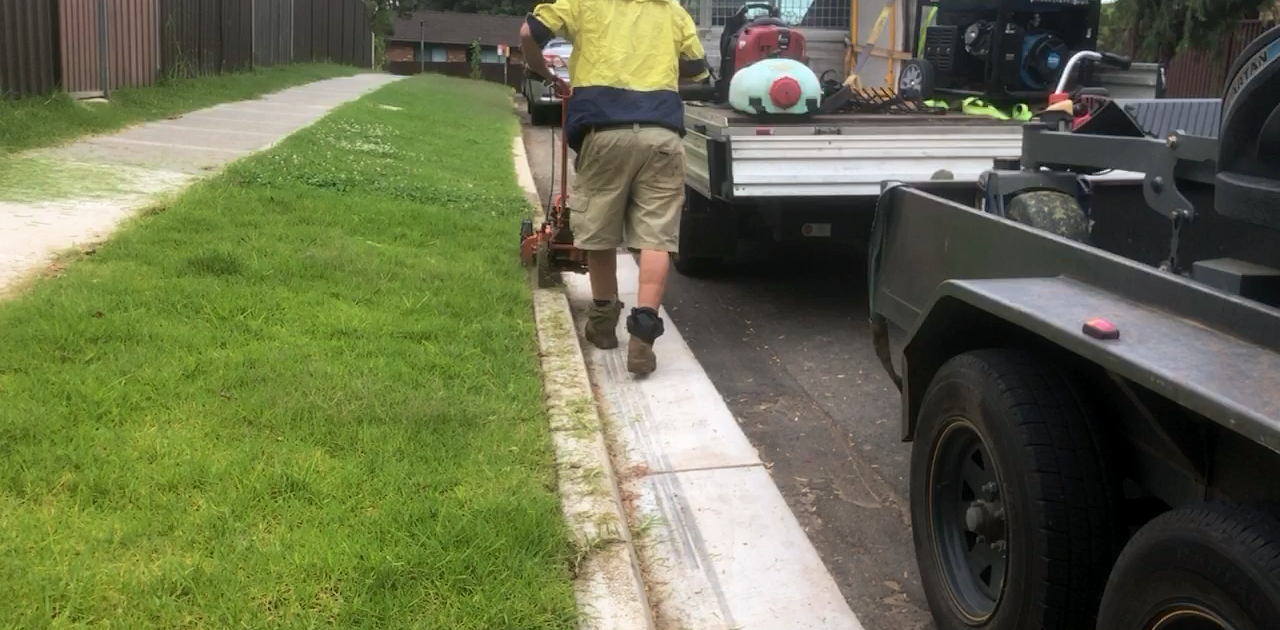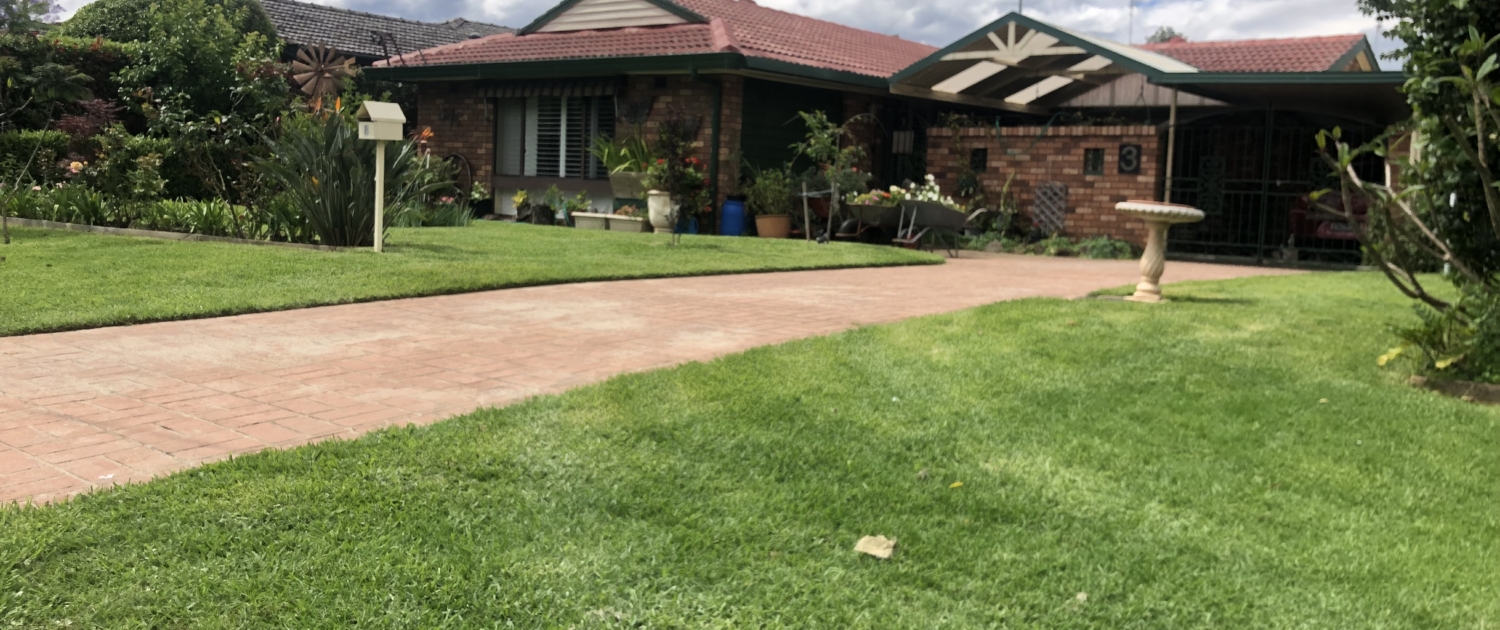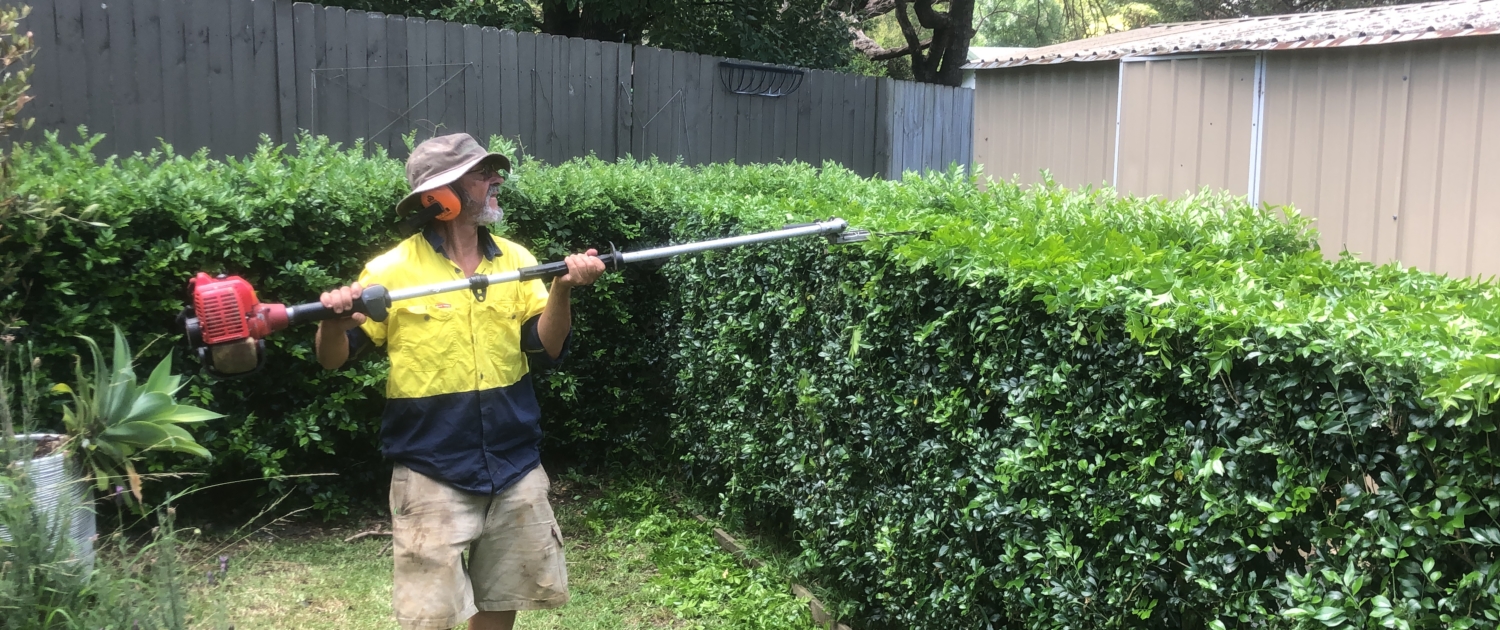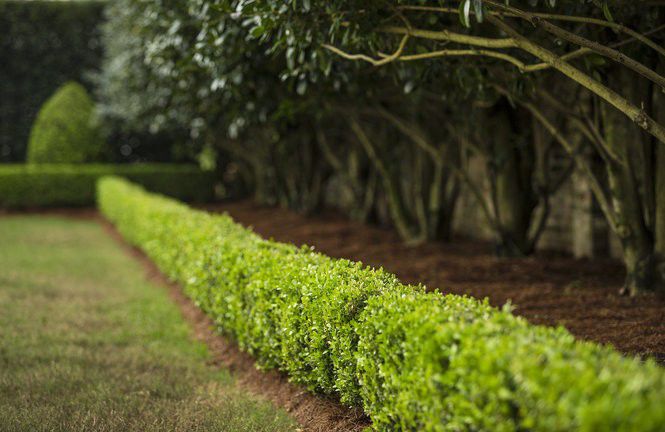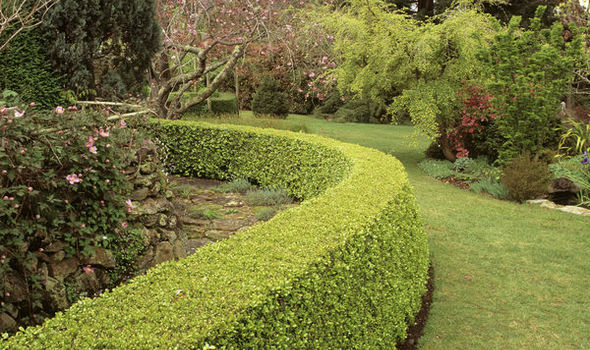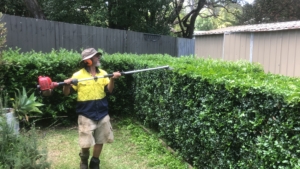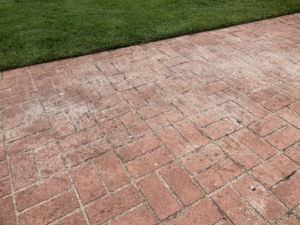Hedges look fantastic as borders or fences but can be time-consuming and labour-intensive to keep in shape.
We are able to set and keep a regular timetable to suit your hedge and budget that maintains your hedges for the best balance of great shape and minimises the time requirements per each trimming job.
We pride ourselves on leaving great clean edges on your curbs and driveways.
We also carefully edge your garden beds and up against any walls and fences around the lawn areas.
Common Plants Used for Hedges
Buxus
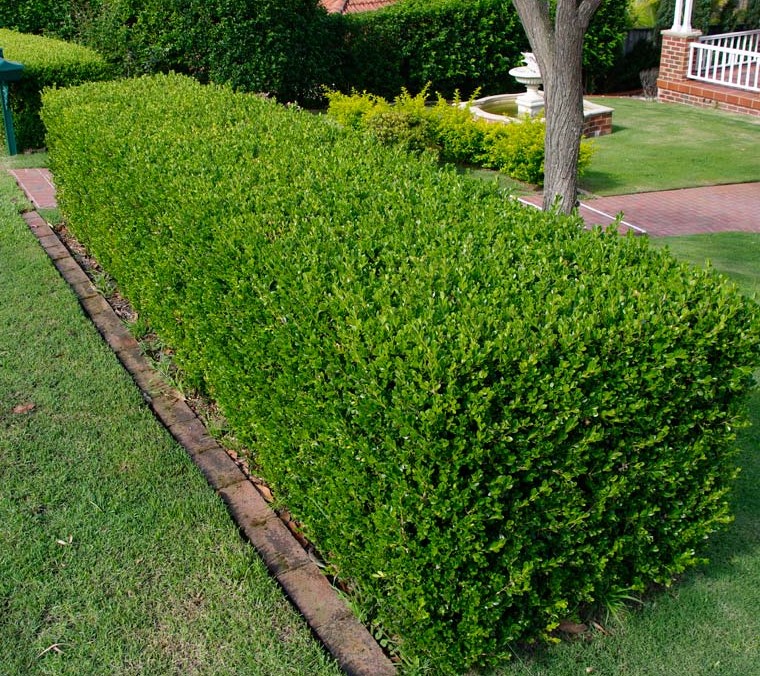 Buxus
Buxus
Buxus, also known as boxwood, is perhaps the most well-known and popular choice for hedge plants. It is distinguished by its small leaves which gives it its primary advantage over other plant species. This is because the size of leaves can create a formal, tight hedge. It is a slow-growing plant and therefore easy to shape into a formal hedging style. It works best as a driveway or garden bed boundary.
For subtropical areas such as Southeast QLD and Northern NSW and temperate areas including Sydney, Victoria, and NSW’s coastal area, the English Box is the best species to grow as hedges.
Murraya
 Murraya
Murraya
If you want a taller hedge that has the look of boxwoods, you can go for murrayas. Their creamy white flowers have a sweet orange scent when they bloom. They are easy to care for and are disease-free. This plant has a dense, twiggy habit and foliage that is glossy green in colour. Since they can grow really tall, they are great as a privacy screen or hedge.
Murrayas grow best in areas with a warm climate including Sydney and Perth and other northern areas.
Lilly Pilly
 Lilly Pilly
Lilly Pilly
Lilly pillies are native Australian plants. They are evergreen rainforest plants with glossy green leaves. They come in different varieties that can have flushes of colourful new growth, from bright pink to red-brown. Most lilly pillies have fluffy white or greenish flowers followed by long-lasting red, purple or whitish berries from spring to early summer.
Lilly pillies grow well and are quite popular in NSW, QLD, VIC, SA, and WA.
Viburnums
 Viburnums
Viburnums
Most viburnums are very hardy and can easily grow in sunny or partly shaded areas as long as there is moist and well-drained soil. Some species are drought-tolerant; however, they will require additional water during the hotter seasons.
Viburnum odoratissimum and tinus are the two most common hedging varieties of viburnum. Odoratissimum is popular and grows well in QLD, NSW, VIC, TAS, SA, and WA. Tinus, on the other hand, thrives well in temperate areas including Sydney.
Great for you
Mike is meticulous about getting great edges.
We use the best tools to get the best results we can.
What we can Do:
- Lawn Edging
- Hedge Trimming
- Hedge Shaping (basic blocking or spheres)
- Long term regular Maintenance
- Short Term or one time Maintenance Jobs
- Hedge Planting and shaping
Please note we do basic trimming and basic shaping only – (We do not do topiary)

